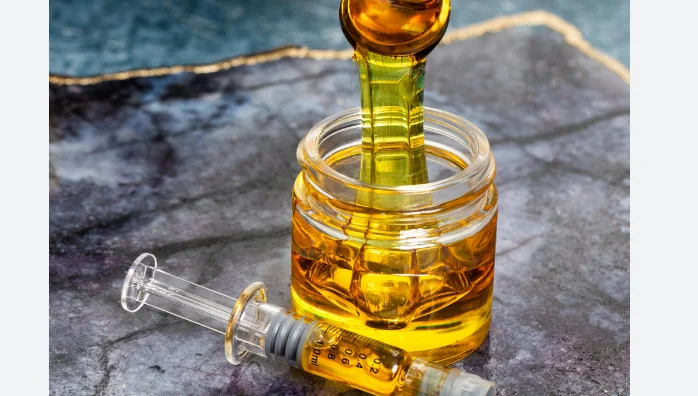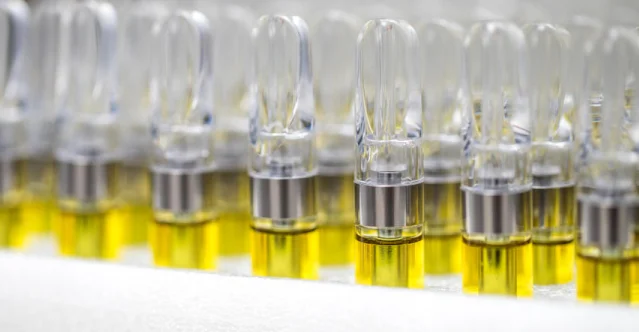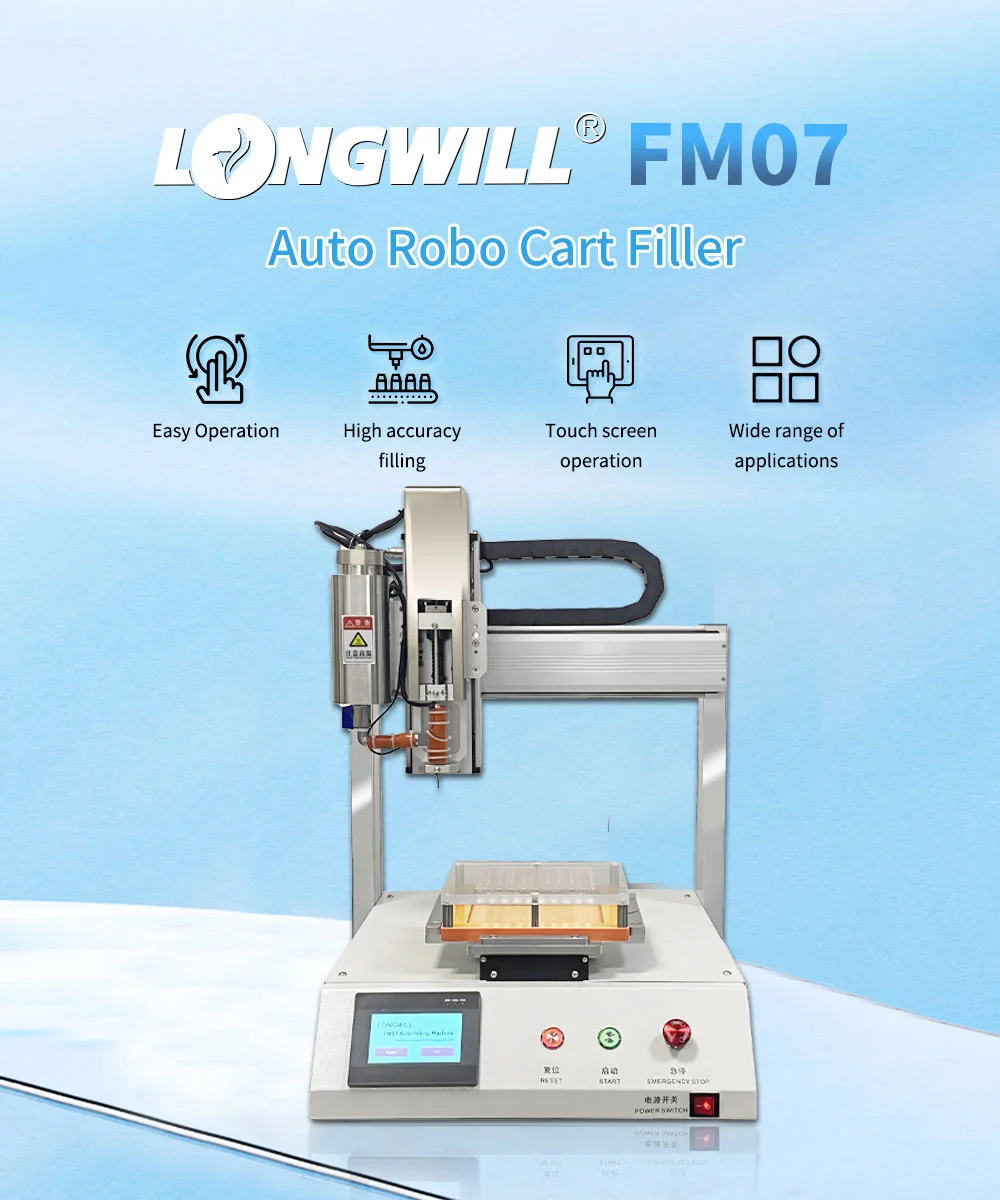What's the Difference Between Live Resin and Distillate?(And Why Your Disposable Cartridges Machine Matters)
This article is designed to help you understand what live resin and distillate are, how they differ in production and application, and why your choice of concentrate should influence the type of cartridge filling machine you use.
Whether you’re aiming for terpene-rich, artisanal vape cartridges or high-volume distillate lines, the right combination of product and equipment can make all the difference in quality, efficiency, and market success.
What Is Live Resin ?
Live resin is a premium cannabis extract created from plants frozen immediately after harvest—long before they undergo the usual drying and curing stages. By halting the aging process through deep freezing, the plant’s natural aromatic compounds remain largely intact. When extraction is carried out under carefully controlled, low-temperature conditions, these compounds—especially terpenes—are preserved in higher concentrations, producing an aroma and flavor profile that closely reflects the fresh plant’s character.
This method yields a true-to-plant experience, where the synergy between cannabinoids and terpenes enriches both taste and effect, a phenomenon often called the entourage effect.
However, this richness comes with a manufacturing challenge: live resin’s dense, sticky nature makes it less cooperative during cartridge filling. To maintain efficiency and product integrity, producers often turn to specialized heated cartridge filling machines. These systems regulate temperature to keep the resin flowing smoothly, prevent blockages, and safeguard its delicate flavor chemistry.

What Is Distillate ?
Distillate is a highly concentrated cannabis oil that undergoes extensive refinement to achieve exceptional cannabinoid purity, often surpassing 90% THC or CBD. The process begins with extracting crude cannabis oil, which is then purified through molecular distillation—a technique that uses heat and vacuum to isolate cannabinoids while removing terpenes, lipids, and other plant by-products.
The end product is a clear, powerful extract with minimal natural scent or taste, offering a clean base for a variety of applications. Because of its neutral profile, distillate can be infused into edibles, topicals, and vape oils, and is often blended with botanical terpenes or flavors to create tailored consumer experiences.
In manufacturing, distillate’s thin, free-flowing consistency makes it far easier to process than thicker extracts like live resin. When used with an automated disposable cartridges machine, producers can achieve fast throughput, precise dosing, and reduced product waste—an advantage that’s especially valuable for high-volume production lines.

Live Resin vs. Distillate: How Are They Different?
Although live resin and distillate are both highly popular cannabis concentrates, they differ in raw materials, processing techniques, flavor profiles, and how they behave during production. Knowing these differences helps consumers choose the right product—and helps disposable cartridges machine manufacturers decide on the most suitable cartridge filling equipment.
Aspect | Live Resin | Distillate |
Starting Material | Fresh cannabis, frozen immediately after harvest | Dried and cured cannabis flower or trim |
Processing Method | Low-temperature solvent extraction to retain natural terpenes | Solvent extraction followed by molecular distillation |
Cannabinoid Content | Generally 60–80% THC or CBD | Often 90%+ THC or CBD |
Terpene Profile | High—rich, aromatic, and flavorful | Very low—neutral aroma; flavor can be added back |
Texture & Flow | Dense and sticky, harder to dispense | Thin and free-flowing, easy to handle |
Common Applications | Premium vape cartridges, dabbing | Edibles, flavored vape oils, topicals |
Filling Requirements | Needs heated, temperature-controlled cartridge fillers to prevent clogging and preserve flavor | Compatible with high-speed, precision cartridge filling machines |

From a production standpoint:
Live resin’s thicker consistency makes it more challenging to dispense, so heated cartridge filling systems with precise temperature control are essential to keep it flowing smoothly and protect its delicate terpene profile.
Distillate’s fluid nature works perfectly with automated high-output fillers, enabling fast, accurate, and large-scale production runs with minimal downtime.
By matching the right concentrate to the right filling technology, manufacturers can maintain product quality, optimize production speed, and deliver a consistent experience—whether crafting small-batch, terpene-rich vape carts or high-volume, potency-driven distillate products.
Which Is Better for Your Products – and Your Disposable Cartridges Machine?
The choice between live resin and distillate ultimately hinges on your target customers, the flavor and aroma experience you aim to deliver, and the capabilities of your production setup. Live resin appeals to those who appreciate a rich, terpene-heavy profile, yet its dense, sticky texture requires a heated, temperature-regulated cartridge filling machine to maintain smooth flow and protect the delicate aromatic compounds. Distillate, on the other hand, delivers exceptional potency and versatility. Its naturally fluid consistency passes effortlessly through high-speed automated fillers, making it a top pick for large-scale, efficiency-driven operations.
In the end, it’s not simply a matter of which extract is “better”—it’s about ensuring your chosen material is matched with the right filling technology. The right pairing between concentrate and cartridge filling equipment can guarantee consistent dosing, reduce production losses, and optimize throughput—whether you’re creating small-batch, flavor-rich live resin vape carts or high-volume distillate lines aimed at maximum cannabinoid content.

Conclusion
In the fast-growing cannabis market, product differentiation comes down to both what you sell and how you make it. By aligning your extract choice with the right disposable cartridges machine, you can ensure every cartridge meets your quality standards, reduce operational inefficiencies, and maximize your return on investment.











